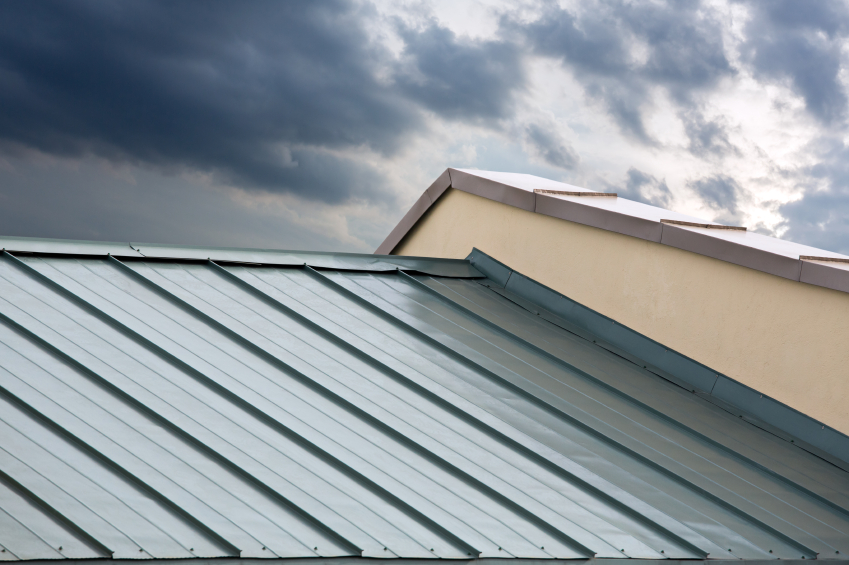Using roof coatings from Valspar you can keep your metal roof looking like new for a long time from sdfbcx's blog
Metal roofing has seen a meteoric rise in popularity in recent years, thanks to a combination of factors that include its durability, energy efficiency, and environmental performance. Metal roofing is a good choice for a variety of reasons. When they reach the end of their useful lives, these roofs will be recyclable, and they will have a lifespan ranging from 40 to 70 years. Besides that, they will assist you in saving money on your energy bills. More designs than ever before are available for metal roofs, and they are more affordable than they have ever been.
When using the coil coating process, Metal roof shingles is possible to ensure that the color, gloss, and thickness of the coating remain consistent throughout the coating's entire lifespan. Metal sheets that have been pre-painted for use in the construction industry to create shingles, shakes, curves, and other architectural designs are a common occurrence, and this is a widely accepted practice. Because of this, there is more design flexibility in terms of the shape and color of roofing materials, as well as in terms of the overall appearance of the building. It is possible to achieve the appearance of ceramic through the use of decorative tiles with scalloped edges and granular surfaces, while still maintaining the durability of metal flooring.
Due to the fact that they are both acrylic-based and have a long service life, vinylidene fluoride (PVDF) and silicone-modified polyester (SMP) are the most commonly used coatings for metal roofs. Additionally, in addition to Fluropon® and WeatherXL coatings for metal roofs, Valspar also develops coatings for concrete roofs that provide exceptional performance and durability characteristics, allowing projects to remain in pristine condition for many decades.
Metal roofing has a number of characteristics that make it particularly fire resistant, including the following: it is lightweight, it is strong, and it is durable.
Fire resistance of a structure is an important factor to consider when assessing a structure's long-term viability and long-term durability. A consideration if the site is prone to wildfires or if the building codes for fire safety on the property are particularly stringent in their nature on a given property.

Buildings with high fire resistance will almost certainly have lower insurance costs as a result of the lower risk, and as a result of their higher fire resistance, they will be subject to fewer building codes. When compared to an equivalent unprotected wood frame building, the permitted height and area of a metal building are frequently higher and larger, allowing for greater design flexibility.
The use of noncombustible building materials during the construction process is a common strategy for improving the fire resistance of structures. Metal building systems have made a significant contribution to achieving this goal, and their use has been recognized as such.
Composite roofs, which are made up of asphalt or asbestos shingles, as well as tarpaper roofing, shake, laminate, and wood, will, however, add fuel to the fire and spread it even further once they begin to burn.
The most fire-resistant of all the different types of roofing materials available, steel roofing is the most fire-resistant of all of them, contrary to popular belief. A Class A rating for roofing steel indicates that it is a noncombustible roofing material, which is the highest possible rating that can be assigned to a roofing material. Steel and Metal roof are frequently eligible for insurance discounts as a result of their ability to reduce operating costs over an extended period of time.

The Wall